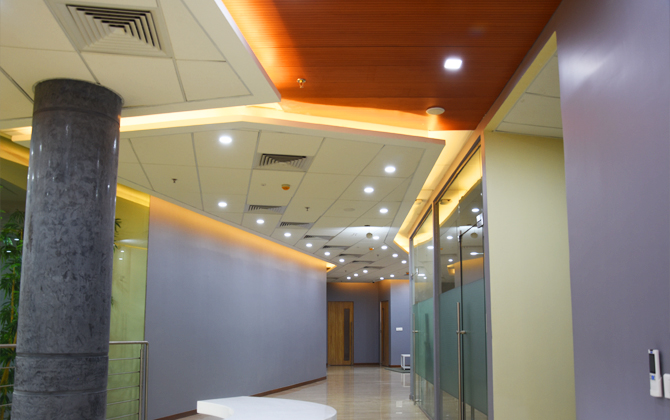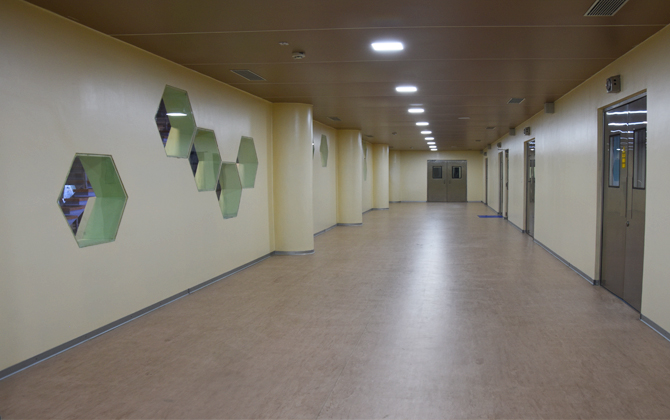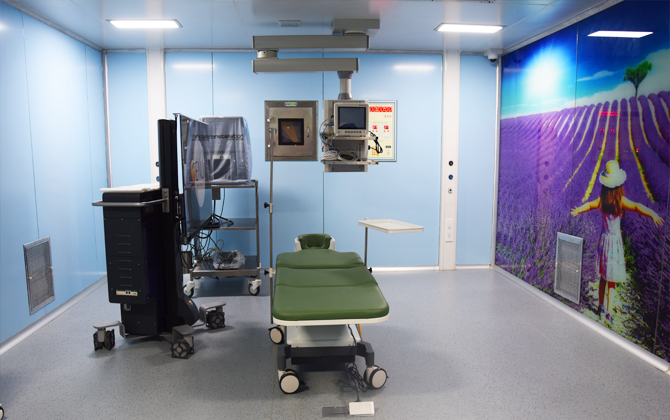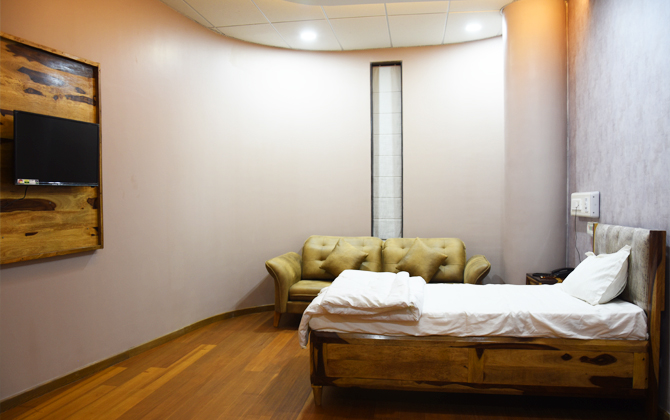
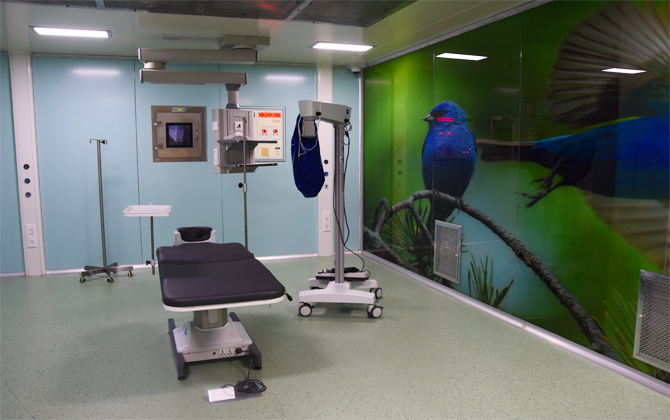
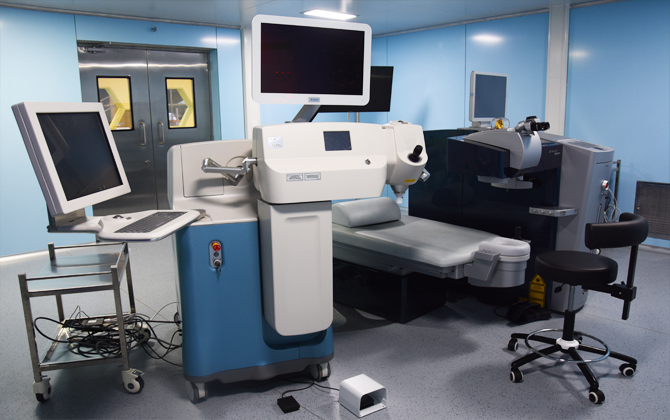
Cataract:-
A medical condition in which the lens of the eye becomes progressively opaque, resulting in blurred vision.
Contact Lens:- A thin plastic lens placed directly on the surface of the eye to correct visual defects.
Cornea:
The cornea is the clear front surface of the eye. It lies directly in front of the iris and pupil, and it allows light to enter the eye..
Dry eyes:
Dry eyes is a common condition that occurs when your tears aren't able to provide adequate lubrication for your eyes. Tears can be inadequate for many reasons. For example, dry eyes feel uncomfortable. If you have dry eyes, your eyes may sting or burn. You may experience dry eyes in certain situations, such as on an airplane, in an air-conditioned room, while riding a bike or after looking at a computer screen for a few hours.
Excessive tearing:
Epiphora, or excessive tearing, is defined as the overflow of tears from one or both eyes. Epiphora can occur continuously (be present all the time), or it can occur intermittently (be present only sometimes). Epiphora is subdivided into two main categories: overproduction of tears or inadequate drainage of tears.
Eye infection:
An eye infection (pinkeye) causes redness of the sclera (white part of the eyeball) plus a yellow discharge. Often the eyelids are stuck together with dried pus when the child awakens in the morning.
General ophthalmology:
A general ophthalmologist can diagnose and treat eye diseases, perform eye surgery and prescribe and fit eyeglasses and contact lenses.
Glaucoma:
A condition of increased pressure within the eyeball, causing gradual loss of sight.
Low vision:
Low vision is a visual impairment, not correctable by standard glasses, contact lenses, medicine, or surgery, that interferes with a person's ability to perform everyday activities.
Neuro-Ophthalmology:
Neuro-ophthalmologists take care of visual problems that are related to the nervous system; that is, visual problems that do not come from the eyes themselves. We use almost half of the brain for vision-related activities, including sight and moving the eyes. Neuro-ophthalmology, a subspecialty of both neurology and ophthalmology, requires specialized training and expertise in problems of the eye, brain, nerves and muscles.
Ocular electrophysiology:
Electrophysiology testing includes a battery of tests which can be used to provide information about the visual system beyond the standard clinical examination of the eye. Electroretinography (ERG) and Electro-oculography (EOG) are two of the tests conducted in the Ophthalmic Electrophysiology Laboratory. The primary objective of the electrophysiology examination is to assess the function of the visual pathway from the photoreceptors of the retina to the visual cortex of the brain.
Ocular prosthetics:
An ocular prosthesis, artificial eye or glass eye is a type of craniofacial prosthesis that replaces an absent natural eye following an enucleation, evisceration, or orbital exenteration. The prosthesis fits over an orbital implant and under the eyelids.
Orbit and oculoplastic:
Oculoplastic, or oculoplastic surgery, includes a wide variety of surgical procedures that deal with the orbit (eye socket), eyelids, tear ducts, and the face.[1] It also deals with the reconstruction of the eye and associated structures.
Pediatric ophthalmology:
Pediatric ophthalmology is a sub-specialty of ophthalmology concerned with eye diseases, visual development, and vision care in children. Refractive error:- Refraction error is a problem with focusing light accurately onto the retina due to the shape of the eye. The most common types of refractive error are nearsightedness, far-sightedness, astigmatism, and presbyopia.
Squint (strabismus):
Squint, also called strabismus, is an eye condition where the eyes do not look in the same direction as each other. This means that while one eye looks forwards to focus on an object, the other eye turns either inwards, outwards, upwards or downwards.
Uvea:
The uvea is the pigmented middle layer of the eyeball. It has three segments: the iris, the ciliary body and the choroid. The uvea is the pigmented middle layer of the eye, consisting of the iris, ciliary body and choroid.
Vitreo-retinal services:
Vitreoretinal surgery refers to any operation to treat eye problems involving the retina, macula, and vitreous fluid. These include retinal detachment, macular hole, epiretinal membrane and complications related to diabetic retinopathy.
OCCURA EYECARE & RESEARCH CENTER
Eyes are your windows to the world. They are the way to all the natural and healthy beauty around. As we know eye is one of the important parts of our body, it should be treated with world best quality, latest and transparent treatment. At Occura we believe in helping you see and experience a life. We present to you, a comprehensive eye care facility which combines world-class treatment, infrastructure and transparency with world best equipment's. Occura is about professional conduct; not about business conduct.
